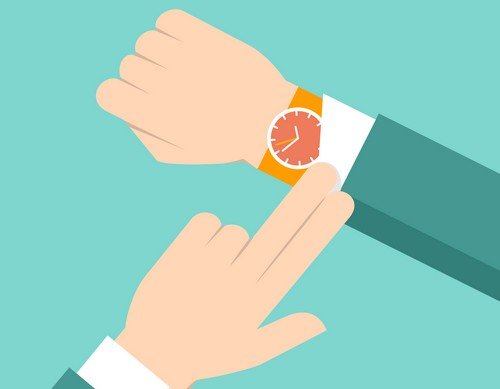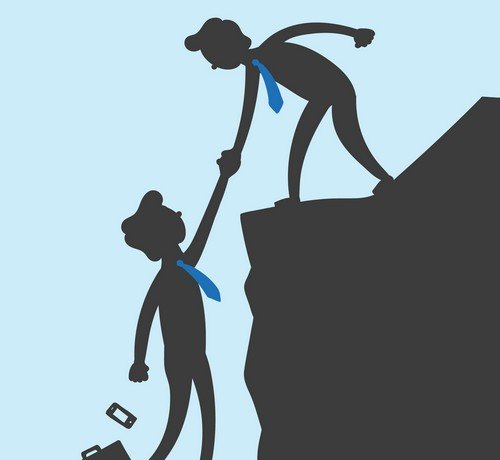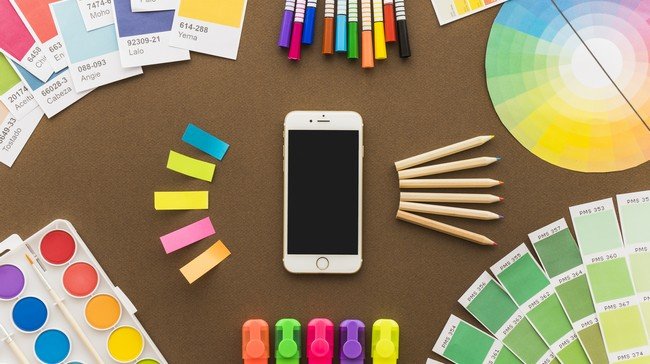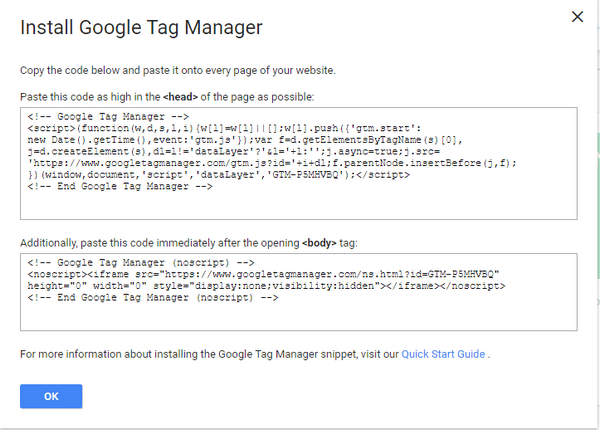A strong sense of design and an artistic skill set are often seen as the key to becoming a great designer. This is why many aspiring designers dedicate long hours – even years – to creative practice. But honing one’s technical skills isn’t the only way to become a successful graphic designer. There are other skills people can’t learn through textbooks or workshops.
No matter which field you are in, graduating with a degree doesn’t mean a guaranteed future. Just like any other career, graphic design requires honing some valuable traits. In fact, it is oftentimes the personality traits of a designer that will make or break their career. With that said, below is a list of essential traits every graphic designer needs to become successful.
Before we explore the essential traits of a successful graphic designer, it’s important to consider how these skills should be presented when applying for jobs. Leveraging an AI resume builder can significantly enhance how you showcase your abilities. By organizing your skills, optimizing keywords, and crafting a visually appealing format, you can present your qualities in the best light and improve your chances of catching the attention of potential employers. With that said, below is a list of essential traits every graphic designer needs to become successful.
Good Observational Skills

A good eye for design is definitely a skill every designer needs to learn. But before finding the right color palette or layout, there is one thing designers must do first, and that is to focus on the project brief.
It’s unfortunate that some designers tend to overlook this piece of document. The project brief contains the client’s needs and requests and should be treated with utmost importance. With such valuable information, it should also act as a guide when conceptualizing designs for the project.
It’s crucial for the designer to listen to their clients. But oftentimes, clients may not even realize the needs of their own project. Not everyone can tell the difference between the aesthetic and the functional. Perhaps their ideal design won’t solve the problem at hand.
This is when the graphic designer may need to rely on their own observational skills to solve the problem. It’s not enough to present a beautiful design. And so the designer must make sure that their work of art is practical and functional as well.
Patience and Perseverance
Becoming a graphic designer may be the ultimate dream for many. After all, it seems to be such a fun career compared to an ordinary desk job – that is, if you’re seeing the world through rose-colored glasses. Being a graphic designer isn’t as glamorous as many people think it is.
Revisions are inescapable no matter how skilled a graphic designer may be. And it may take forever before a client finally approves a single design. There will be countless encounters with difficult clients who will show no mercy. And there will be plenty of days when the temptation to give up will be greater than one’s passion and drive.
As they say, only the strong survive in the graphic design industry. And the only time a person becomes unsuccessful at anything is when they decide to give up. When things aren’t going as planned, it is important that designers remain patient and persevere.
Effective Communication Skills

Graphic designers may be very good visual communicators. But even so, the ability to communicate verbally is equally important. This doesn’t mean that one needs to be highly proficient with their words. But the ability to communicate their thoughts and ideas should be a priority.
The main point is to get their thoughts across effectively, in a way that even non-designers can understand them. This is especially true when designers need to present more complex ideas to clients. Not everyone can understand design lingo and technical jargon, and find a way to explain the process can be quite a challenge. But a successful graphic designer knows just the right words to use when communicating with clients.
Resourcefulness
When there’s not enough material to work with, a good graphic designer does not demand more resources. They will find ways to figure things out. After all, creativity is a designer’s strongest trait. Coming up with creative solutions to solve a problem shouldn’t be that hard of a task.
Not every client has an unlimited budget for a designer to work with. Although a photo shoot may sound better than a stock photo, graphic designers need to understand the limitations of their clients as well. It may pose a challenge for a designer, but resourcefulness will allow them to create beautiful work no matter what.
Time Management

Deadlines are another thing graphic designers face every single day. Working on various projects for different clients can certainly get out of hand without excellent organizational skills. Besides being able to sort out their working spaces, graphic designers must also be able to organize their own schedules.
Successful graphic designers know that time is a valuable commodity. And more often than not, there is not enough of it to finish projects. Designers must learn how to use their time wisely and be able to prioritize what needs to be done first.
Reliability and Honesty
A successful graphic designer is brutally honest about their own weaknesses. They accept that there are certain things they aren’t capable of, as well as things they aren’t very familiar with. They are also very straightforward about what their needs are without coming off as too unprofessional. And above all, they keep their word no matter what.
Some people might think of this as being weak. After all, no one wants to admit their own shortcomings – especially in an industry where competition is tough. But a successful graphic designer knows that gaining their client’s trust is much more important than being ahead of the game. By being open and honest, work relationships can be strengthened.
Ability to Handle Criticism
Designers are always vulnerable to the thoughts and opinions of others. They put a bit of themselves into the work that they do and so it’s understandable when criticism stings. But at the end of the day, one must remember that criticism isn’t meant to inflict harm. It should be treated as bits and pieces of advice that can help in developing one’s skills.
There are two ways in which designers usually handle negative feedback. Some designers would take it to heart and refuse to move forward. But successful designers would listen carefully to those negative remarks and use them to bounce back. They see criticism as a free source of advice and would take advantage of it.
Motivation to Learn

It’s never too late to learn. In order to grow as a designer, it’s important to keep studying new skills as time goes by. Design changes every day. It’s dynamic, flexible and current. And if a designer wants to keep up, they need to constantly immerse themselves in different sources of inspiration.
At the same time, they should remain curious about the world around them in order to gain new ideas. Whenever there’s a new challenge, a successful graphic designer is more than ready to jump into it. Designers should welcome challenges into their lives as these are opportunities for them to learn.
Open-Mindedness
Graphic designers should also have the humility to learn from the people around them. They must accept that their ideas aren’t always correct and that there are endless possibilities around them. All it takes is an open mind and the willingness to listen to the opinion of others.
Being open-minded can help a person realize certain things they may not be aware of. By accepting other people’s advice with an open mind, designers are actually giving themselves a chance to develop their own skills. It just goes to show that being humble about one’s shortcomings can turn out to be a chance for growth.
Cooperation

Many people often think that being a designer is a solo act. But actually, designers are constantly working with many different people every day. From clients to other individuals involved in the production of a project, and the list goes on. This is why it is also essential for graphic designers to have some people skills.
Being able to cooperate with other people allows you to finish the project faster and easier. And besides, it’s a lot more fun when other members are involved in a project. Designers can get more sources of inspiration from the people they work with while forming meaningful connections with them.
Conclusion
There are certainly tons of other traits out there that portray a successful graphic designer. But these are a few that can definitely make you stand out from the rest. And while it is impossible to possess every single one of these traits all at once, developing at least some of them can already help someone in becoming a good graphic designer.
This list of traits is simply a guide on how to further develop one’s capabilities as a designer. Remember that the learning process usually takes a lot of time. It is a step-by-step journey with something new to learn each time. In fact, just making the decision to become a better designer is already a step past the starting line.
Keep going. You are on your way to becoming the successful graphic designer you deserve to be.




Comments are closed.